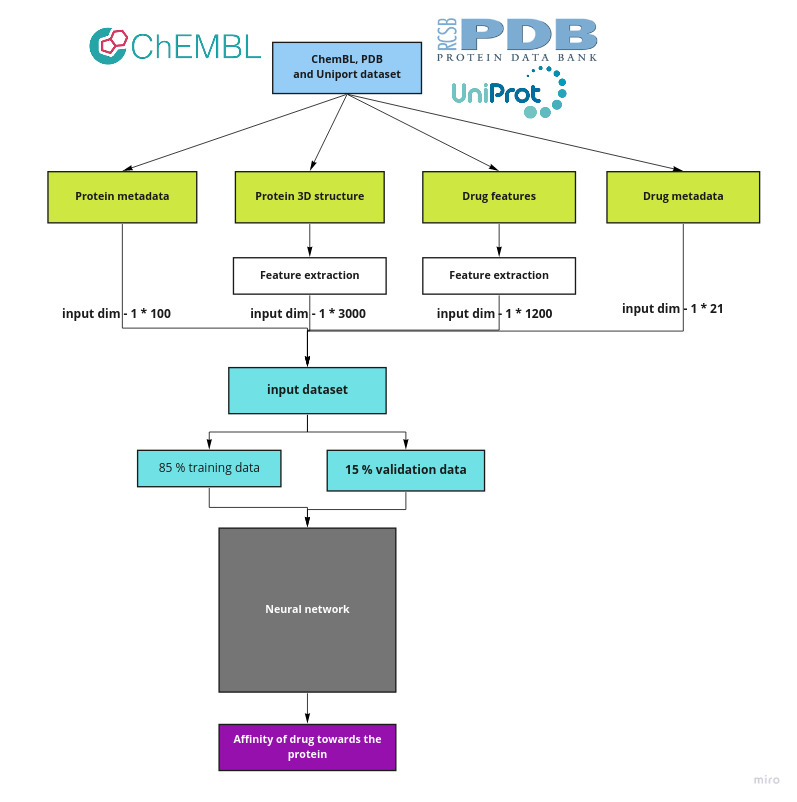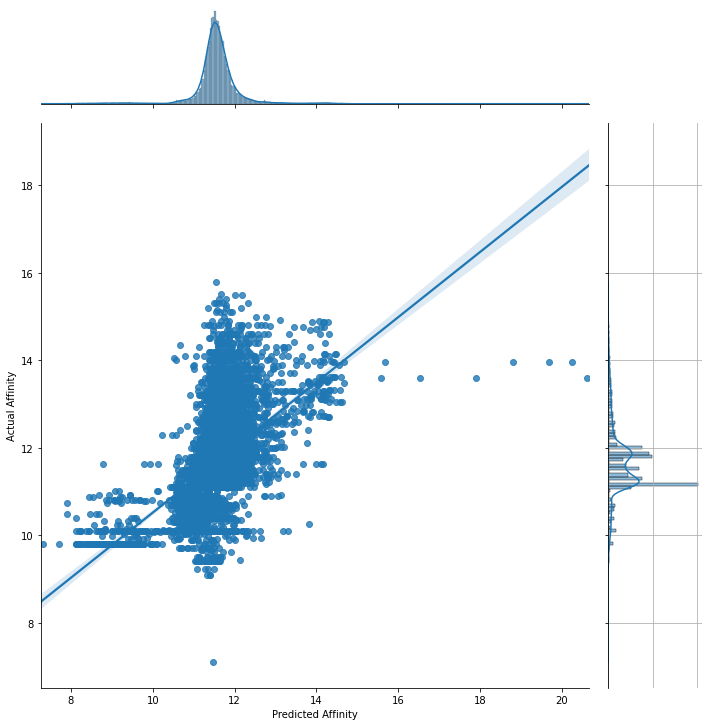In-Silico Repositioning of Drugs for Neurofibromatosis 2 Vestibular Schwannoma using Machine Learning
Published in Synapse, 2020
Team - MedBot
Neurofibromatosis type 2 is an autosomal-dominant multiple neoplasia syndrome. It is highly debilitating with the frequency of one in 25,000 live births and nearly 100% penetrance by 60 years of age (1). NF2 represents a difficult management problem with most patients facing substantial morbidity and reduced life expectancy. The hallmark of NF2 is the appearance of bilateral vestibular schwannomas, benign tumors on both sides of the vestibular nerve. People with NF2 may also develop schwannomas in other parts of the body, or may develop other types of benign brain or spinal tumors (2) .At this time, possible treatments available for Neurofibromatosis 2-associated tumors include surgery, chemotherapy, and radiation therapy (3). Presently available off-label drugs are not fully effective. It has also been observed that monotherapy is not effective with lesser efficacy, higher resistance and toxicity. The complex interlinked pathways in the pathogenesis NF2 suggest multi-drug therapy may provide an ideal therapeutic effect (4). We therefore would like to work on developing a Machine Learning model to identify suitable drug combination that could lead to better efficacy and lesser chance of resistance.
At Present huge dataset is available to the scientific community. These datasets focused on many aspects of drug discovery and development, ranging from chemical representational of the drug to parallel biochemical assays results. The 3D structure of the protein and binding sites information is available, this data used to understand the drug specificity. Development of high-throughput screening of target on large list of molecules progress in assay miniaturization. In the database like ChEMBL or PubChem millions of experimental data on drug–target interactions are available in and that can be used for in-silico drug–target profiling. With current advance in machine learning, many studies are undertaking in selecting lead molecule from large datasets of chemical entities by in-silico screening. Future drug development in-silico screening can be streamlined for hit identification and lead development (5).


Team members
- Kshitij Mohan - Undergrad Student, IIIT Delhi
- Pranav Goyal - Undergrad Student, IIIT Delhi
- Parikshit Sen - Undergrad student, Maulana Azad Medical College
- Aiman - Undergrad student, Maulana Azad Medical College
- Dr. Amritpal - Junior resident Maulana Azad Medical College
- Dr. Manu K Shetty - Associate Professor (Pharmacology), Maulana Azad Medical College
citation: ‘In-Silico Repositioning of Drugs for Neurofibromatosis 2 Vestibular Schwannoma using Machine Learning, https://doi.org/10.7303/syn25958848’
